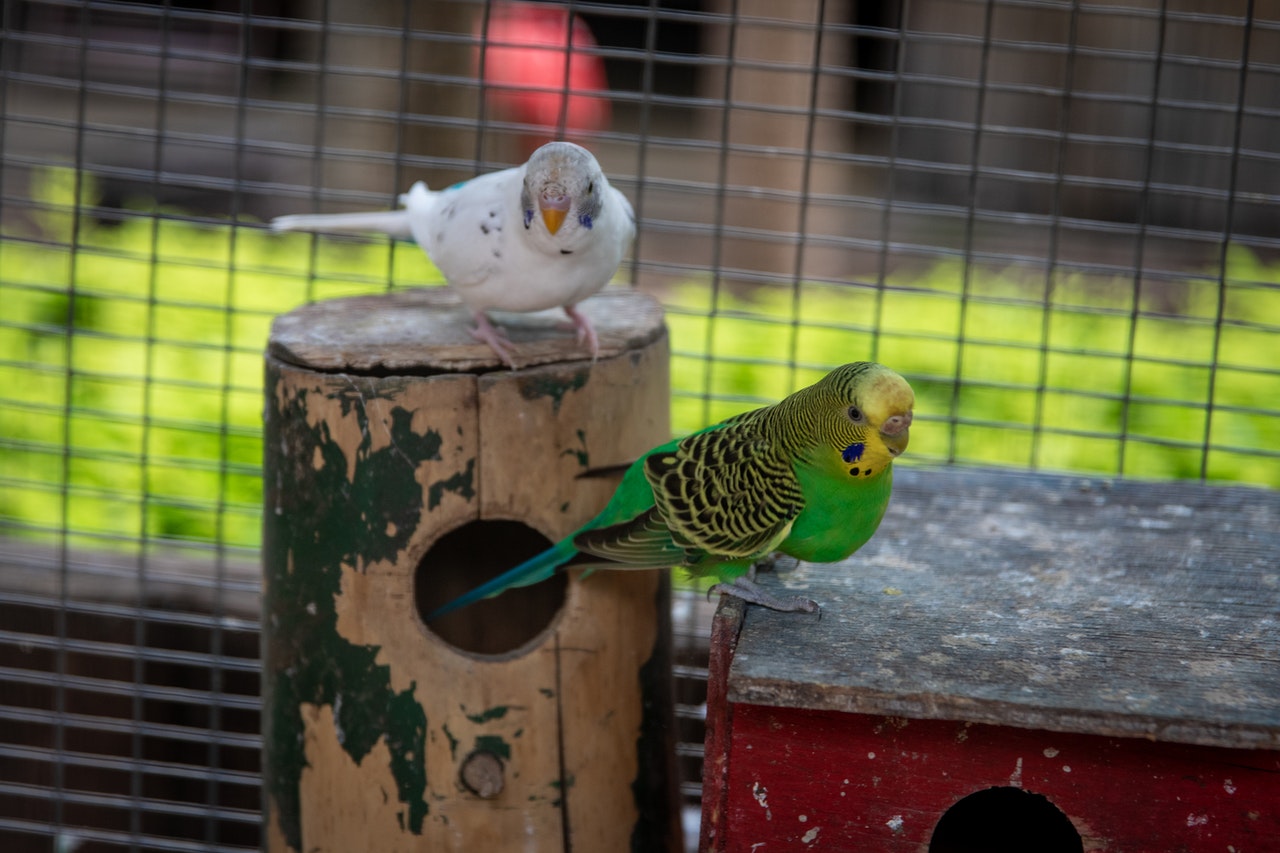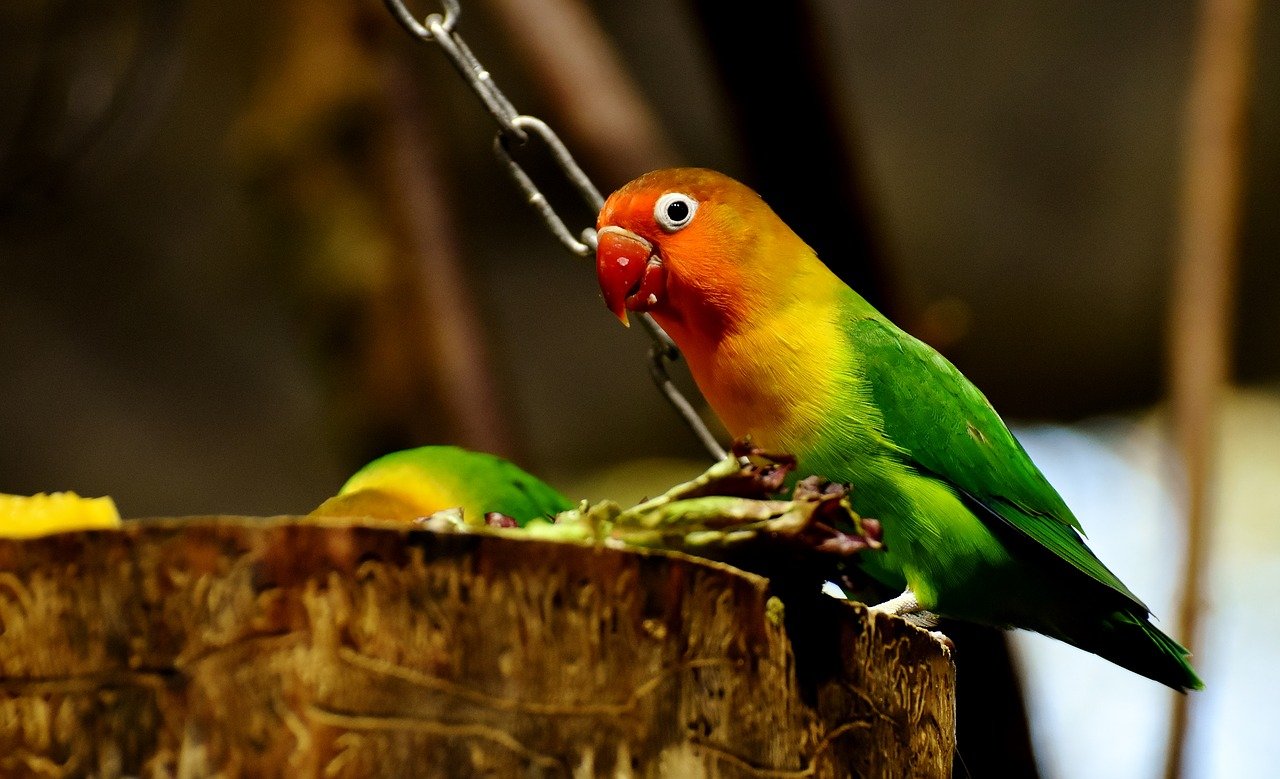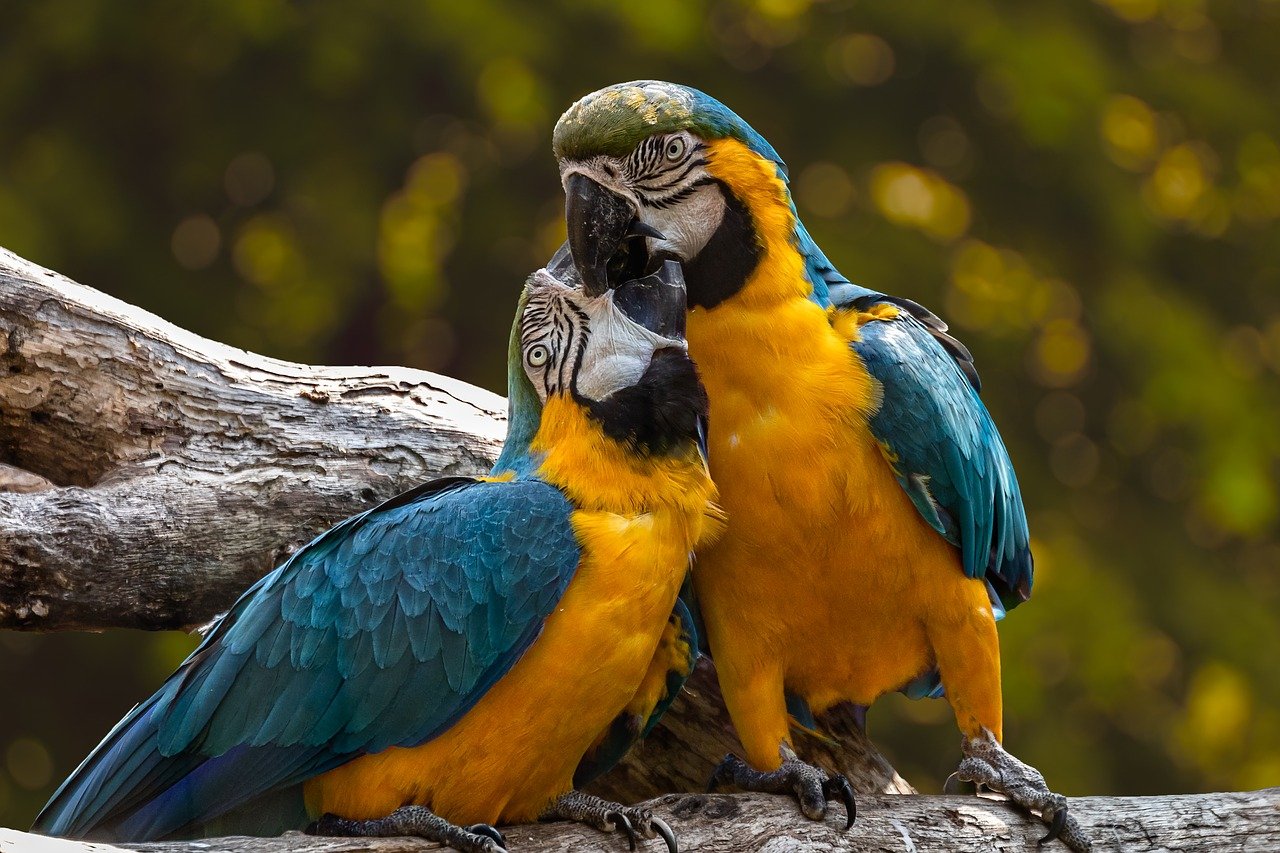Whether you intend to breed birds for your own enjoyment, or you’re hoping to sell them to other bird lovers, pet bird breeding isn’t as straightforward as you might think. With so many birds out there, choosing the right species can be tricky. Adorable budgies, vibrant lovebirds, and other species can make great additions to any aviculturist’s household. Here’s what you need to know about breeding birds for beginners.

Which birds should you breed?
When you’re just starting out, opting for a smaller, hardier species that matures quickly is your best bet. Smaller birds are easier to handle, and if they mature quickly, they won’t need quite so much care. It’s possible to determine the sex of some birds using their coloration, but because parrots aren’t sexually dimorphic (in other words, males and females are virtually identical), we recommend purchasing your birds from experienced breeders. Ideal species for beginners include the following birds:
Budgies
Their full name is budgerigar, but they’re more commonly known as budgies or parakeets. Budgies are charming and playful, and males can be taught to speak. Because they’re so small, budgies are the perfect bird if you live in a smaller space like an apartment. Budgies typically eat a seed-based diet, though they should also be fed fresh vegetables and dark greens in place of pellets.
Cockatiels
A small member of the parrot family, cockatiels have become one of the most popular breeds, with many colorful options and vibrant head crests. They also mature quickly, so you can start breeding them when they’re only a year old. Cockatiels eat a diet of berries, fruits, seeds, and leafy greens.

Lovebirds
Another member of the parrot family, lovebirds are small enough that you can easily house them in an apartment. They usually lay between four and six eggs, which need to incubate for around 21 days. Lovebirds begin weaning their chicks when they’re around eight weeks old, and then the best diet for them is a mix of pellets, seeds, dark greens, and fresh fruits and veggies. Lovebirds do well in pairs, and mating pairs can form tight bonds. They are relatively noisy birds, which you should take into account before you begin breeding.
Green-cheeked conures
If budget’s a concern, these birds are one of the least expensive to purchase. Breeding pairs will lay clutches of three to eight eggs several times a year, and they’re small enough for apartment life. They aren’t that loud, so if keeping down the noise level is an issue, these playful little birds might be your best bet. Green-cheeked conures do well eating seed mixes for small hook-billed breeds, pellets, and fruits and vegetables.
Perform a health check first
Before you begin breeding your birds, they’ll need an avian disease screening. The Association of Avian Veterinarians has a database to help you find a vet. You’ll also find numerous informative handouts on how to care for birds. For a more in-depth look at the health of your birds, you may want to consider genetic testing, which detects any potential genetic diseases your birds may pass on to offspring.

Breeding equipment
If your birds are healthy, you can begin the breeding process. Here’s what you’ll need.
Breeding cages: A breeding cage is essentially two normal cages with a middle divider, which allows you to separate males and females when necessary. Each section of the cage has its own food, water, and perches to keep your birds comfortable.
- Breeding box: The majority of breeding cages have doors that let you attach a breeding box directly to the cage. This is where you’ll encourage your birds to lay their eggs.
- Incubators: Incubators can hold a few eggs at once, and they provide the heat eggs need to hatch properly. If you intend to keep the clutch and want the mother bird to be involved, there’s probably no need for an incubator, though it varies from breed to breed.
- Brooder: Once the birds have hatched, they’re extremely fragile and need adequate heat and humidity to grow into healthy baby birds. A brooder helps keep them warm until they’re old enough to get by with a heater.
- Thermometers and hygrometers: Eggs need warmth to develop properly, so you’ll want to maintain the correct temperature. A digital thermometer is easiest for keeping track. You’ll also want a hygrometer to make sure the air isn’t too dry.
- Lighting: While baby birds get all the heat they need from their parents or incubators and brooders, older birds need adequate lighting to remain healthy.
- Scales: One of the best ways of tracking growth is weighing young birds. Specifically designed avian scales have perches so your bird can sit comfortably while you weigh them.
If you’re new to the world of aviculture, learning how to breed birds can be daunting. Fortunately, there’s plenty of information out there that will help you get going. We recommend starting with one of the more popular species, as there’s more information available to help you out. Birds are fun, enjoyable housemates, and some breeds form deeply affectionate bonds with their owners. Nothing is as rewarding as raising birds you bred yourself. With our tips, you’ll be able to get started in no time.



